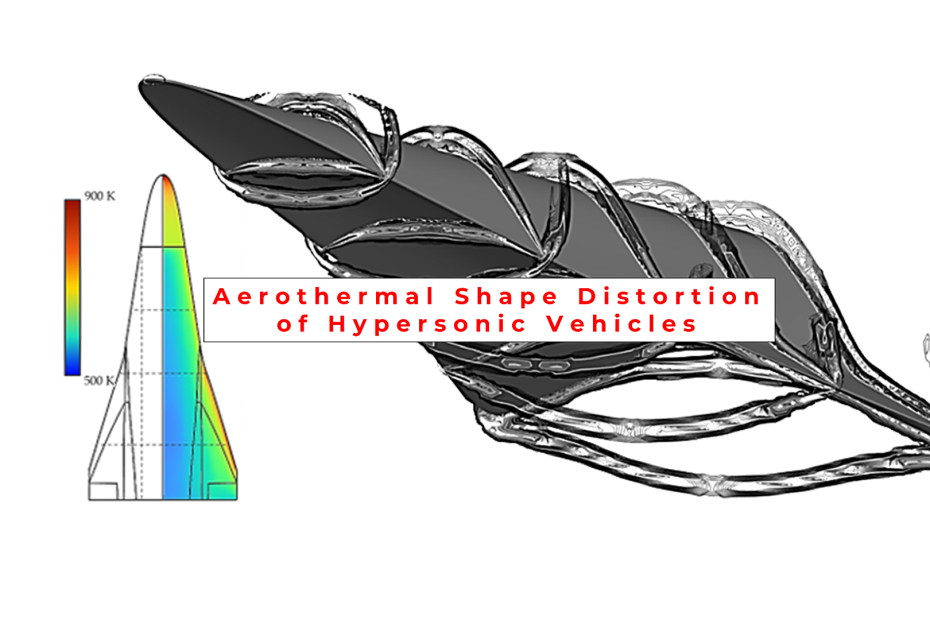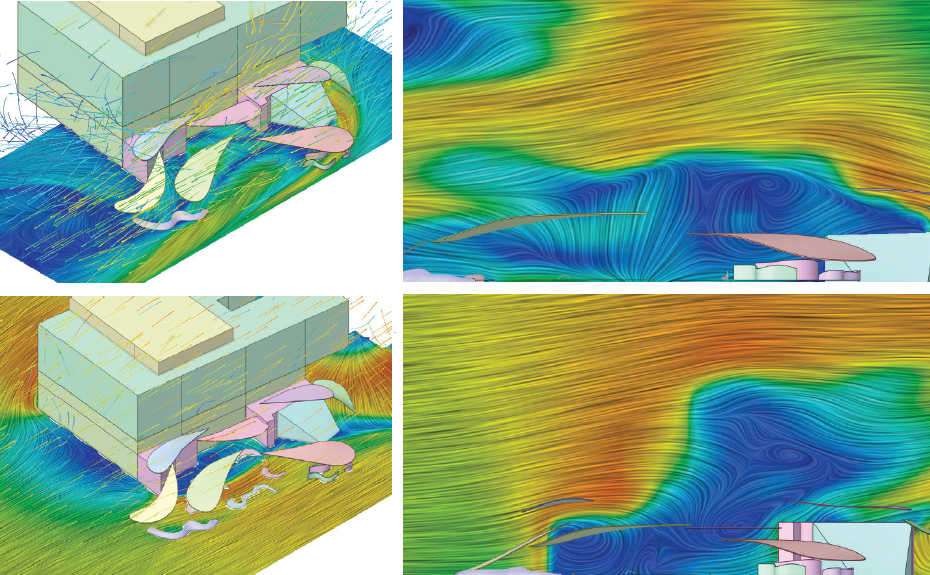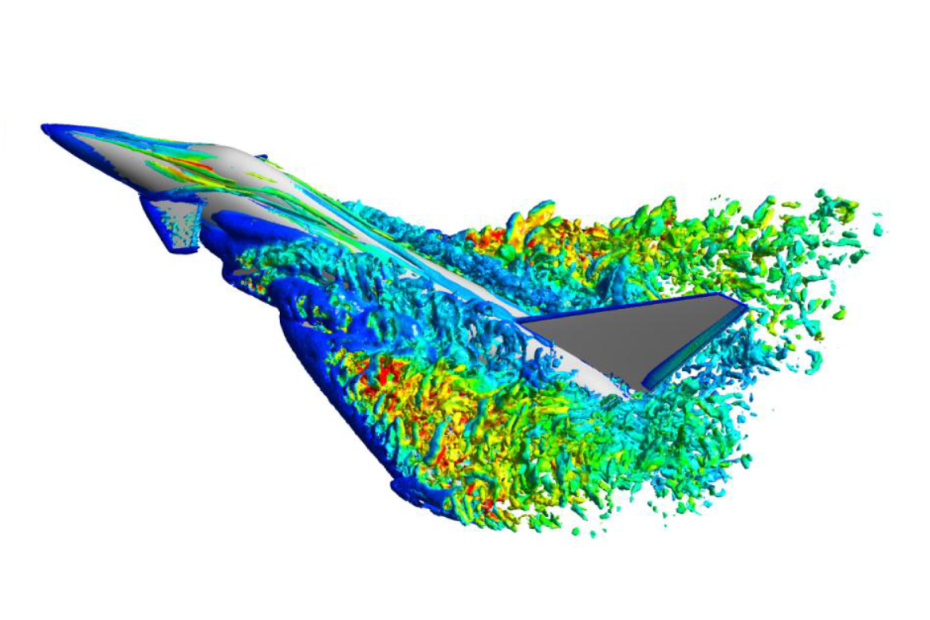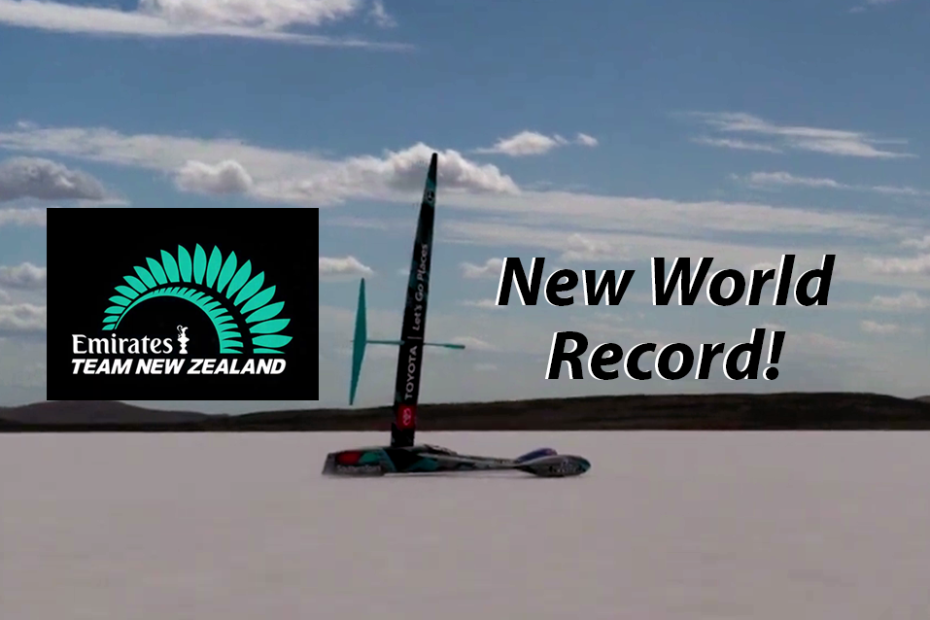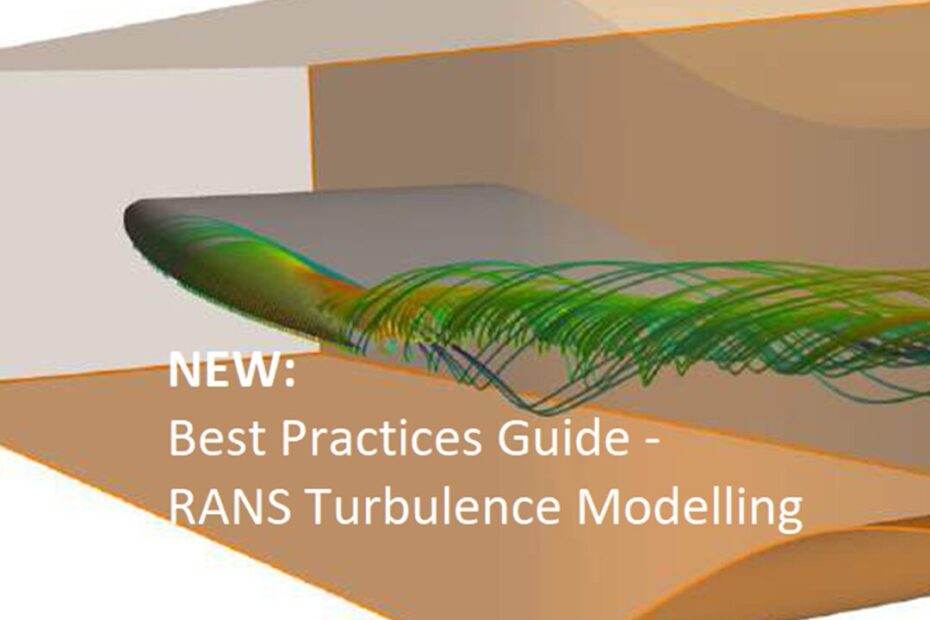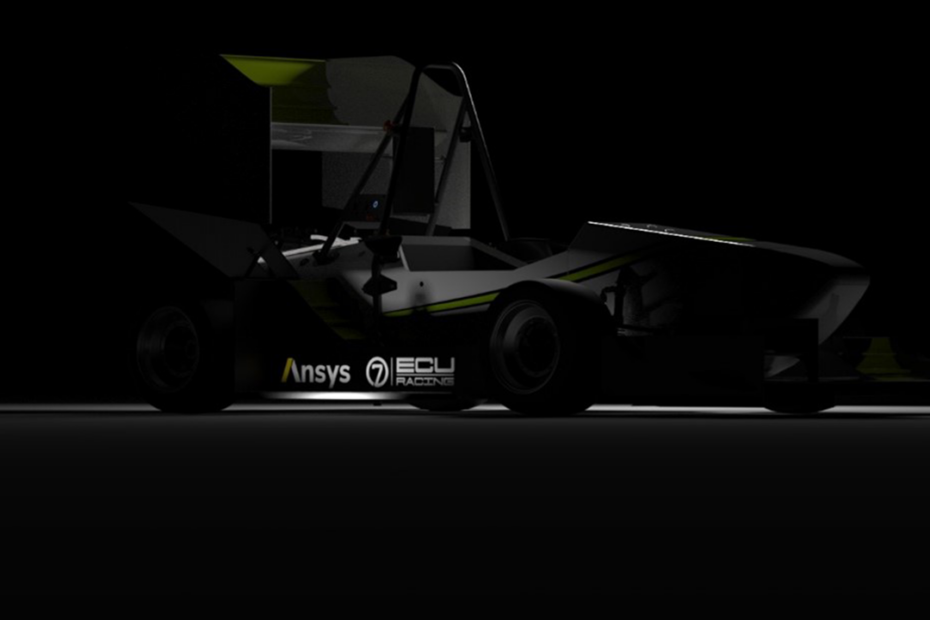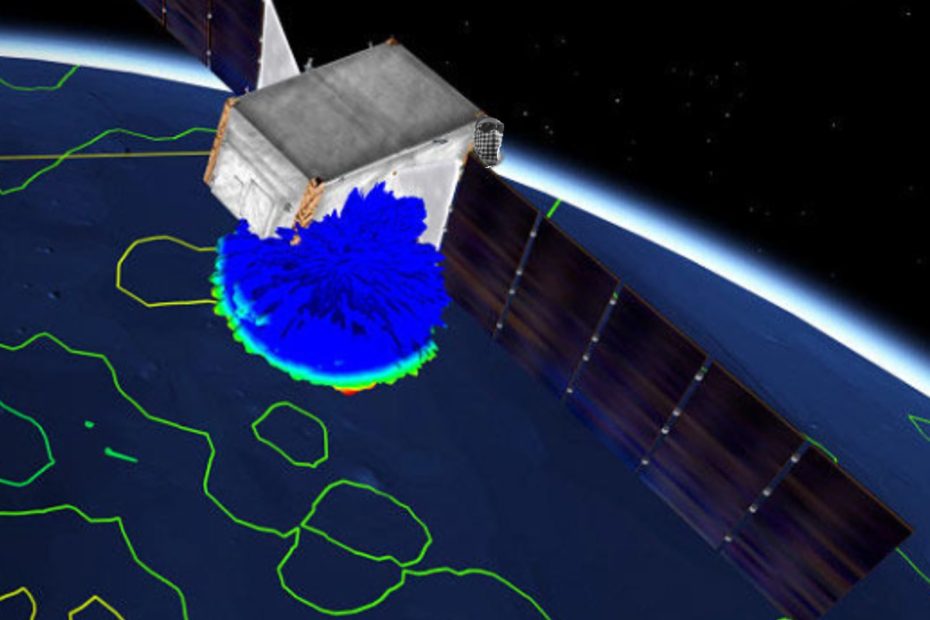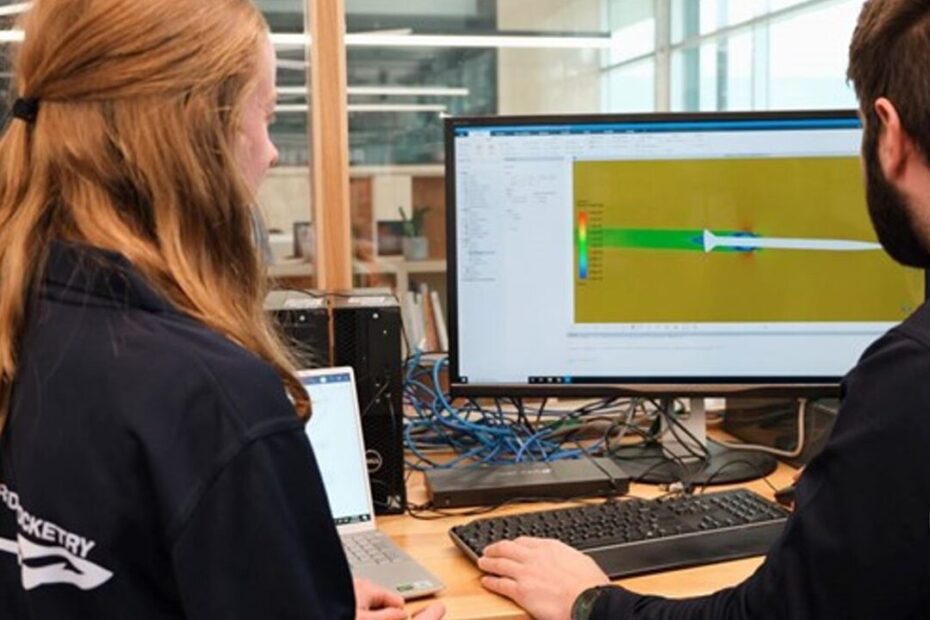Simulating Aerothermal Shape Distortion of Hypersonic Vehicles
How can designers of hypersonic aircraft overcome the ‘heat barrier’ using simulation to better understand aerothermal shape distortion (aka aerothermoelasticity, or fluid-structural-thermal interaction – FTSI)? This guest blog by ADFA explains how multiphysics simulation helps designers of hypersonic vehicles account for aerothermal shape distortion (which can compromise a hypersonic vehicle’s aerodynamic performance) through to the risk of catastrophic material failures, using tools that can simulate both the aerodynamics as well as the thermal and structural response.

